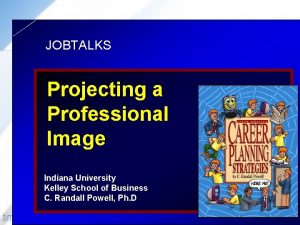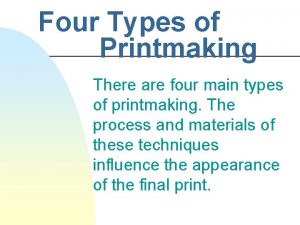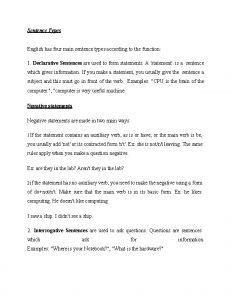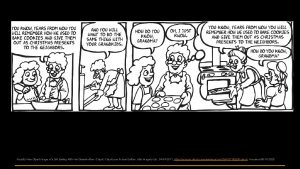Four Main Types of Modeling Image from clipart





- Slides: 5

Four Main Types of Modeling Image from clipart

Direct Modeling Direct modeling is trying to imitate the exact same behaviours that we see in others (Eggen, Kauchak, 2010, p 181). This is the type of behaviour that we will see regularly in younger students. Teachers need to be aware of their manner and actions as these can unwillingly be used in a students direct modeling. Image from clipart

Symbolic Modeling Symbolic modeling is imitating the actions or behaviour of characters that you have seen on TV, in books or in plays (Eggen, Kauchak, 2010, p 181). This is again seen in young students acting out their favourite superheroes at lunch time and can also be used when getting students to copy an example from a video presentation shown in class. Image from clipart

Synthesized Modeling Synthesized modeling is combining two seemingly different behaviours together (Eggen, Kauchak, 2010, p 181). This is often seen more frequently in students who are a bit older as it takes a higher cognitive work load to be able to combine different behaviours into one action. Student sees teacher hanging art on wall Student sees teacher using a ladder to get a book off a shelf Student uses ladder to hang art from wall

Cognitive Modeling Cognitive modeling is the process of showing a physical demonstration while at the same time talking through the actions and reasons behind the actions as they are performed (Eggen, Kauchak, 2010, p 181). This form of modeling is especially important in the classroom environment as it appeals to different types of learning both verbal and visual and it also gives the actions a real world feel. (science class, image, 2007)









